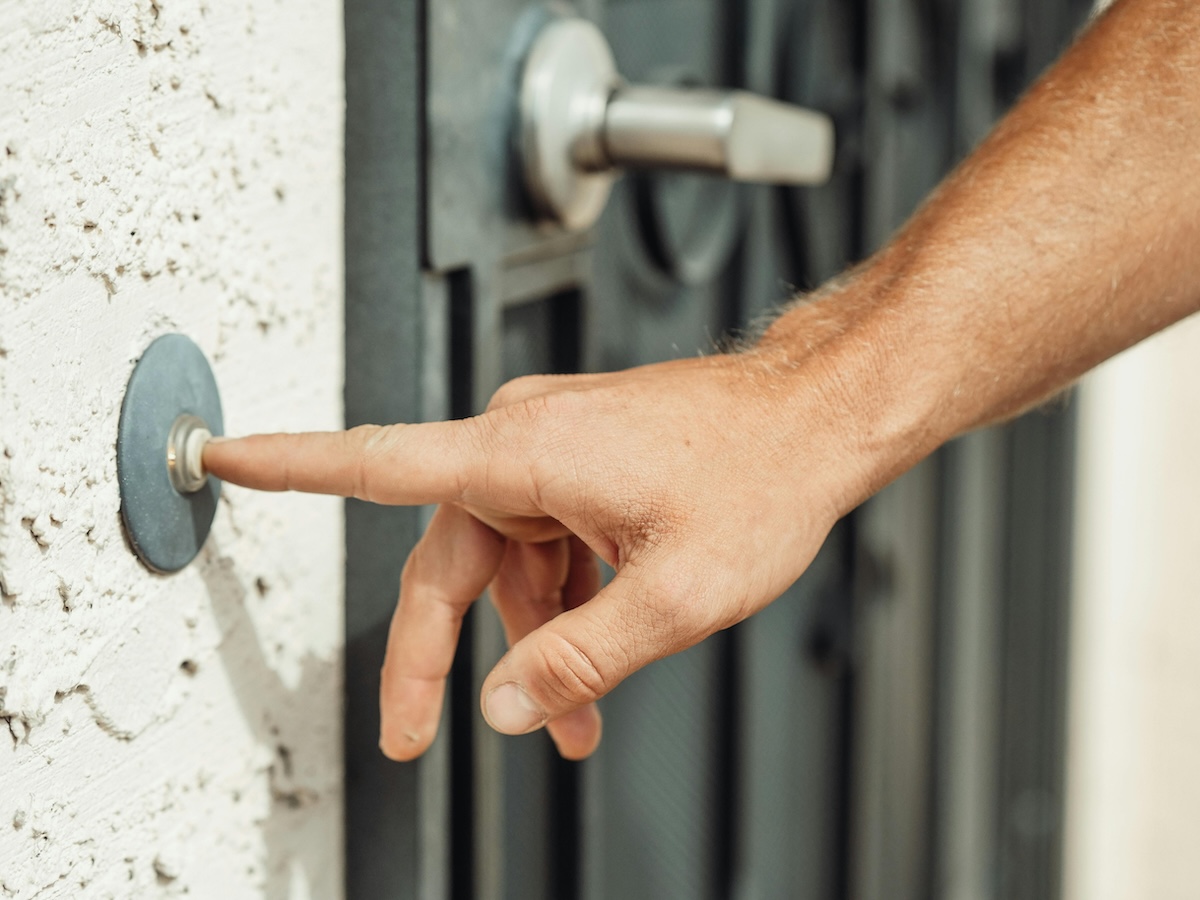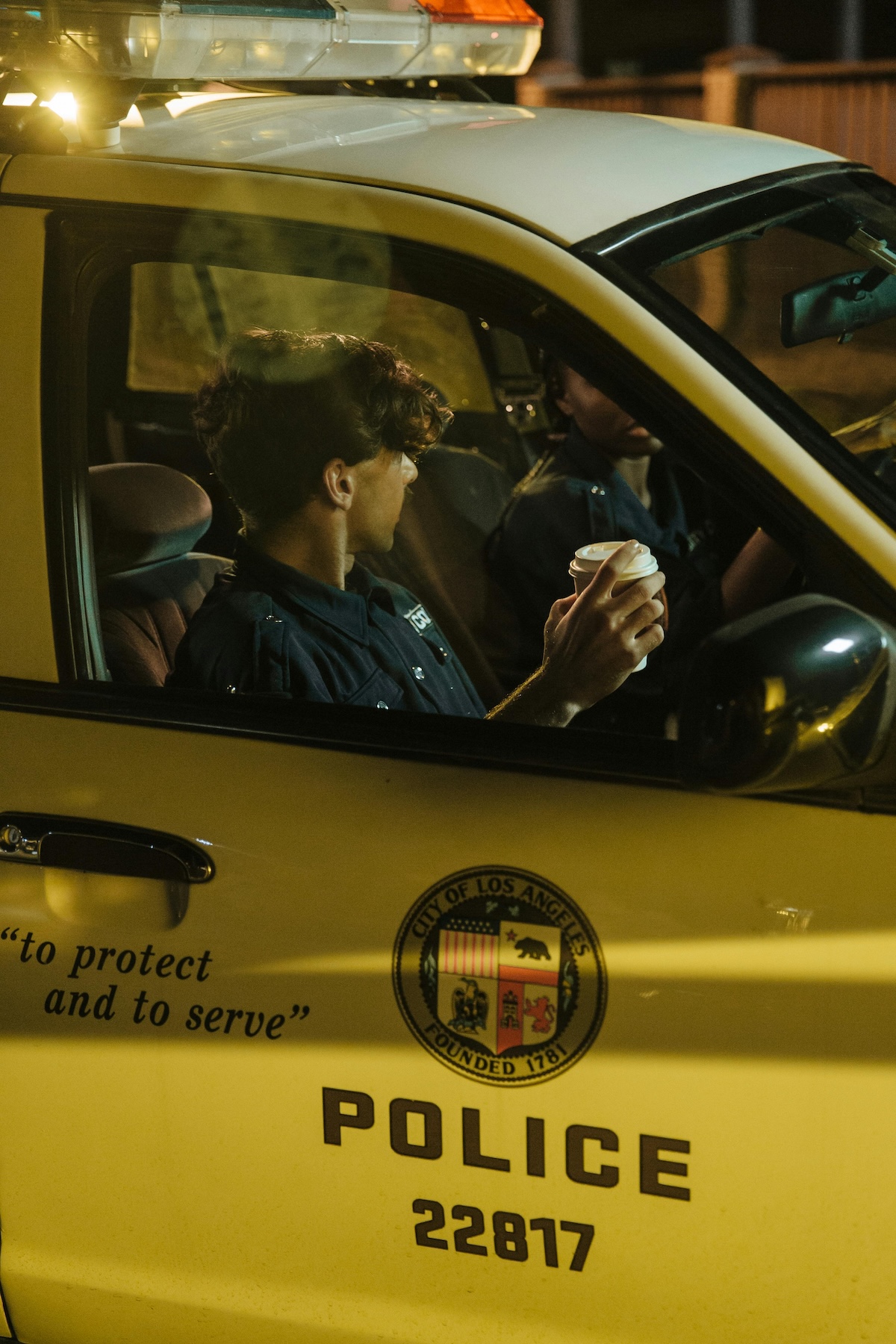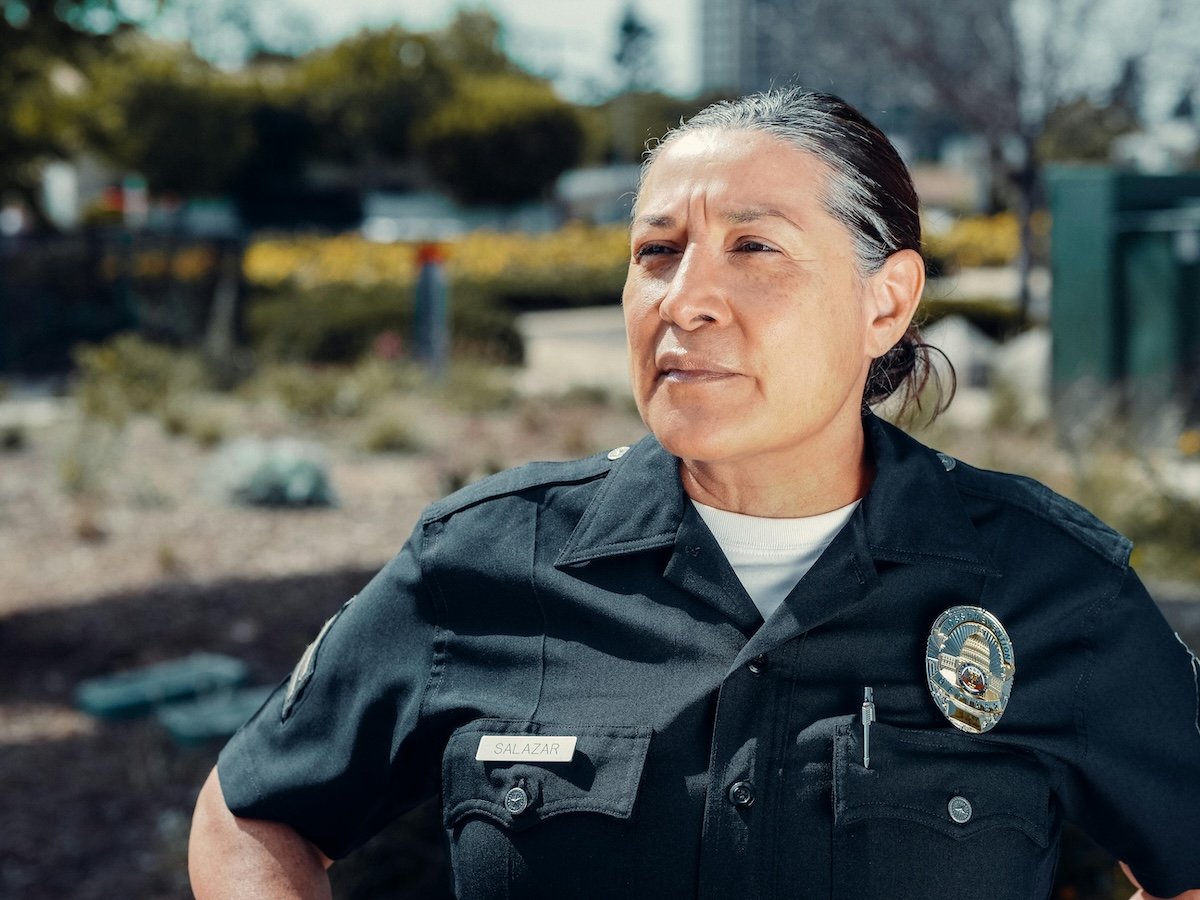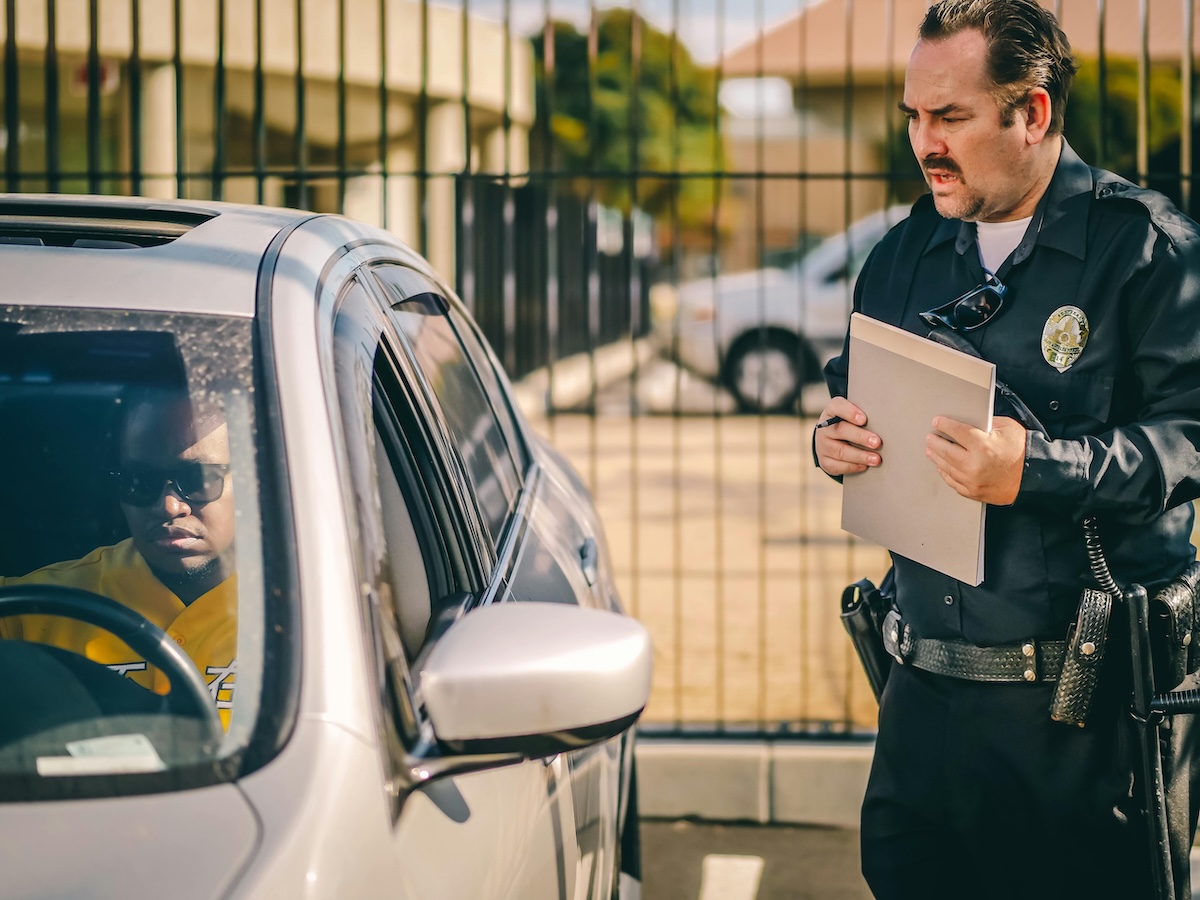The swift uptick of aggression in our society concerns me greatly.
Sadly, social media, which began as a place to build community, is now contributing to this violent state of affairs. Videos demonstrating “successful” acts of aggression are now common and easily accessible online. They are posted by people who feel they are justified taking action against some perceived enemy because of their own personal disgruntlement or dissatisfaction – which itself often arises out of misinformation they have been led to believe is true by OTHERS on social media.
And when they share their exploits on social media, they set a cascade in motion. Just watching someone else succeed in their violent endeavors on video can spur a lone wolf to take violent action.
To make matters worse, the volatility of our current political climate fosters this kind of aggression. When people are frustrated, angry, or scared, they may think they have to take matters into their own hands in order to make a statement or to foster change. Some offenders are even willing to martyr themselves to reach their goals.
Unfortunately, it is often the least protected who are victims.
The recent targeting and murders of elected officials in Minnesota and elsewhere is truly horrific. Naturally, these events add to the public’s safety concerns, especially considering the Minnesota shooter had impersonated a police officer – complete with a uniform and vehicle that resembled a professional’s – in order to gain access to his victims in their homes.
While those particular attacks were politically motivated, these types of crimes are no longer uncommon. None of us have the luxury any longer of ignoring the questions: how do we keep ourselves safe? And who can we trust?
The biggest safety question on everyone’s lips right now is: how do I tell whether someone who claims to be a law enforcement officer is real or fake?
Here’s what you should do (and not do) when encountering someone who claims to be a law enforcement officer:
Keep your distance.
If you’re approached at home, your first and most important job is to keep your door shut. No matter what the person at your door says, do not open the door to an unverified stranger. Talk to them through the door (or intercom, if you have one). Use your peephole, window, or any camera you may have to ask the person to show you their credentials. Let the person know you’ll be calling the local police to verify that they are supposed to be there. Real policemen will appreciate that you have the right to ask questions and that you are doing what you must to ensure your own safety.
And while a home security camera can be helpful, you should not rely solely on your video footage or camera stills to validate the visitor’s identity.

Really early or really late in the day are unlikely times for legitimate law officers to show up, but keep that door shut no matter what time of day it is.
But what if have a weapon for self-protection?
You might think you could defend yourself against a perpetrator at your door if you had your weapon in your hand. But statistics prove otherwise. Never open the door with a gun in your hand!
Ask to see a warrant.
Ask, “do you have a warrant?” And if they say yes, ask to read it. If they do have a warrant, ask them to hold it up to the window or camera, or slide it under your door. If the person at your door is alone, that’s a red flag that they may not be a real law officer. Legitimate warrants will always be served by more than one officer. (Note, seeing more than one person at your door is not enough information to help you decide whether they are legit or fake law enforcement personnel.)
Look for proper vehicle, uniform, and credentials.

Vehicle:
Real police officers on duty will have arrived in a cruiser properly marked for the jurisdiction or agency that services your area. Check for an etched-on reflective insignia or marking that indicates who they represent. Magnetized slap-on decals are a red flag – as is the presence of a revolving blue light on the vehicle hood or top, but no legitimate vehicle markings.
If you can’t tell from a distance whether the vehicle markings are permanent, call your legitimate local authority to verify whether they have actually dispatched an officer to your location.
While some officers do patrol in unmarked vehicles, if the vehicle seems fishy or is unmarked, ask the police to send a uniformed patrol unit to come and help you.
Uniform and Credentials:
Legitimate officers should be in a fully-marked uniform with a numbered badge, the city or county sheriff’s name on the shoulder patches, and likely, a name tag. Any uniform with the generic word “POLICE” on it without a city or county sheriff’s police patch is illegitimate.
Real officers also typically carry a photo ID which verifies their credentials and position in their department.
Ask to see both their badge AND photo identification through the window or door, but do not open the door. Legitimate police officers will be willing to identify themselves.

Given the uptick in these dangerous impersonations, police are well-aware their constituents are likely to be more cautious. Hopefully they will be extra patient and understanding when asked for identification.
Take note of their behavior.
Does the person refuse your request to see their credentials or warrant? Legit officers will be prepared and willing to provide you the information you request.
Call 911 or your local police department to verify who is at your door and why.
You can also ask the real police to come to your house if you are concerned the person at your door is not legitimate. Call a verified number for the police in your community to reach them. Police department dispatch centers will have an up-to-date log of every call to which any officer has been sent to respond.
Is the person at your door posing as a plain clothes detective? You can verify their legitimacy with your local police department as well. Ask them to send a uniformed officer to come to your house to verify the non-uniformed visitor.
What if I’m in a car?
If you are driving and get pulled over by someone whose identity and authority you cannot confirm, try to remain calm. Keep your car windows up and your doors locked. Ask to continue the interaction elsewhere where you can have back-up if needed, like a nearby police or fire station.
Or you can pull into a gas station or parking lot and call 911 to reach out to legitimate authority for help verifying the person’s identity. You can say “There’s someone here who says they are a police officer. Can you please verify who they are for me, and that they are supposed to be here?” If they cannot verify the identity of the person who pulled you over, request that they send a cruiser with uniformed officers to your location immediately.
Record the incident if you can, to help with the police report.

What if I’m outdoors?
My advice is the same; call 911, request verification of the identity and purpose of the person’s presence, and if need be, ask that a uniformed officer come to your location.
What if they say they are state or federal authorities of some kind, rather than local police? And what if I feel uneasy trusting the local police to help me?
Given the expanded federal activity around immigration, the lack of clear information about who is legally permitted to detain, and who is legally permitted to BE detained, it’s easy to understand why many people distrust any law enforcement personnel right now.
There have also been incidents across the country in which people have been arrested for impersonating immigration agents in order to harass and detain immigrants (or people they perceive to be immigrants), or to have cover to commit other crimes like rape and robbery. Suspects are posing as ICE agents, police officers, FBI agents and other public officials in areas with a large Latino population, on college campuses, and at worksites that attract minority and temporary workers. Many wear tactical gear that looks official. Some wear masks to conceal their identity.
Civil rights organizations have asked the community to try and stay calm and not to escalate the situation if confronted. They encourage everyone to understand their rights, and recommend that someone record the interaction and report it to police who can help determine the legitimacy (or lack thereof) of the individuals in question. And while local law enforcement can’t legally interfere with federal agents’ activities if in fact the individuals in question are legitimate authorities, they can prosecute perpetrators impersonating federal agents, including for crimes that stem from prejudice.
To make things more complicated, some actual federal agents carrying out immigration raids are often masked. They may also drive unmarked vehicles. They may refuse to show their identifying credentials. This further erodes public trust. And it creates a whole set of new problems for local law enforcement, who need to be able to continue effectively serving their communities.
Immigration is a complicated issue, and impersonators know how to play on people’s fears. Here are some specific tips to help protect yourself from fake ICE agents in person AND online.
Make no mistake, impersonating an officer in order to deceive others is a crime. I hope these tips will help you raise your situational awareness and give you the tools to discern real officers from people seeking to intimidate and harm.